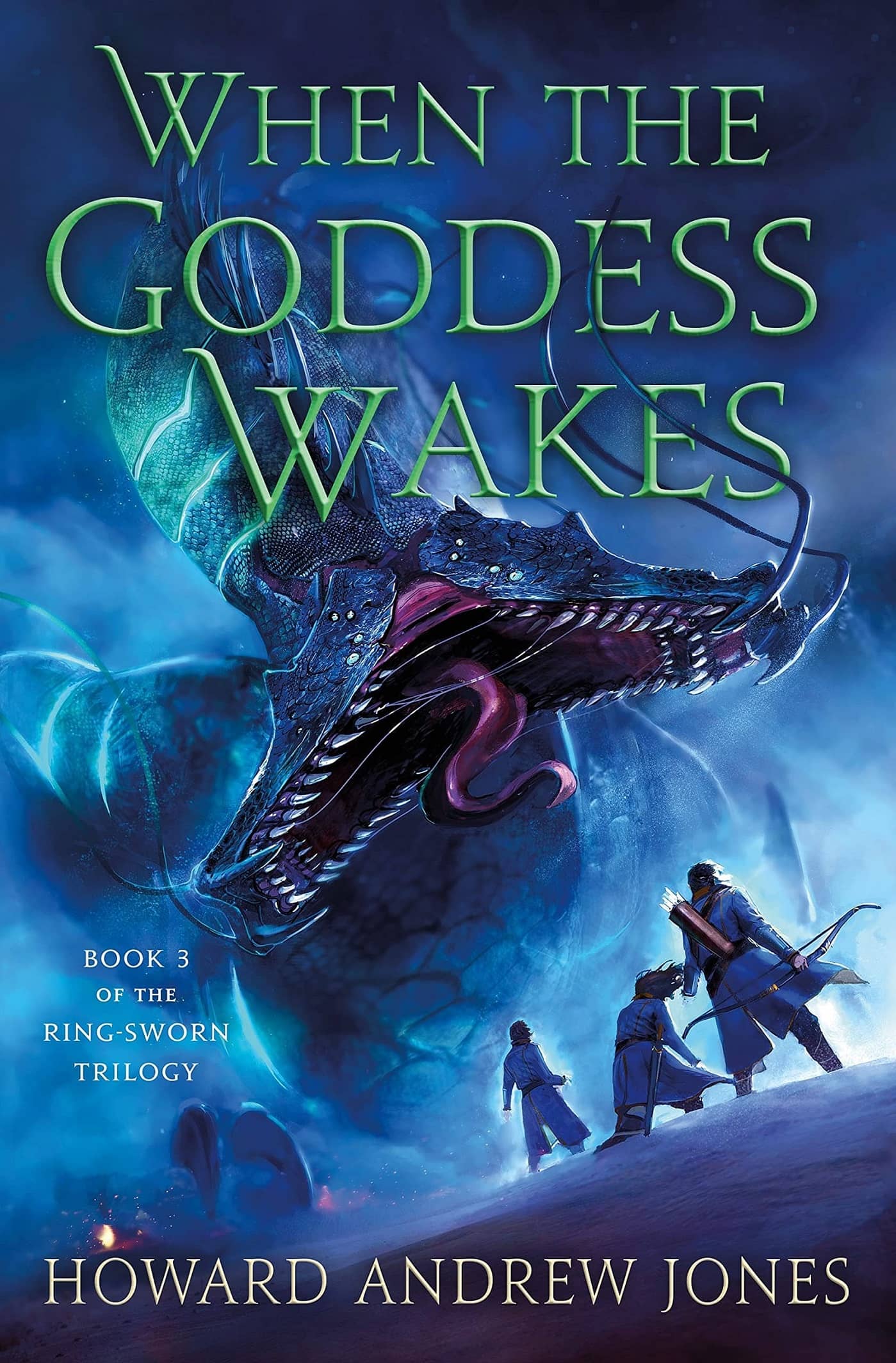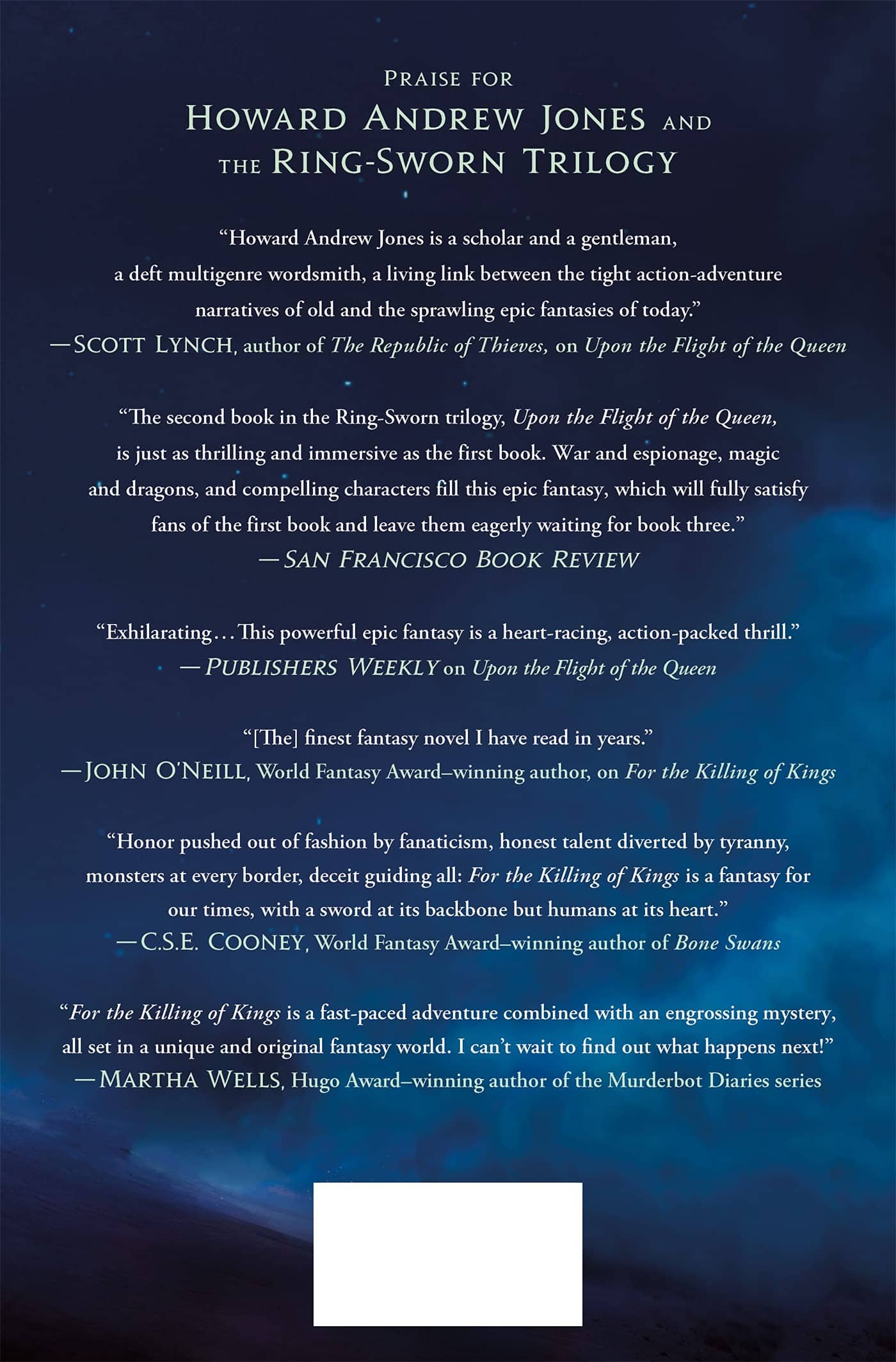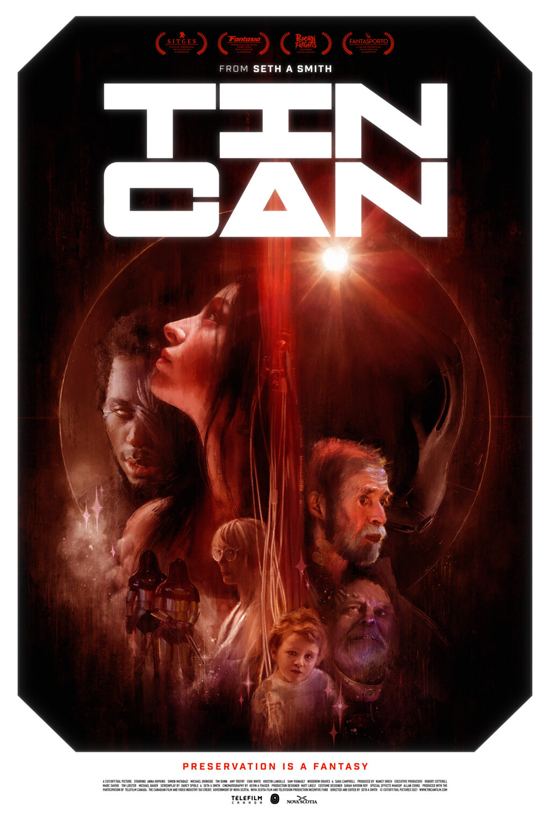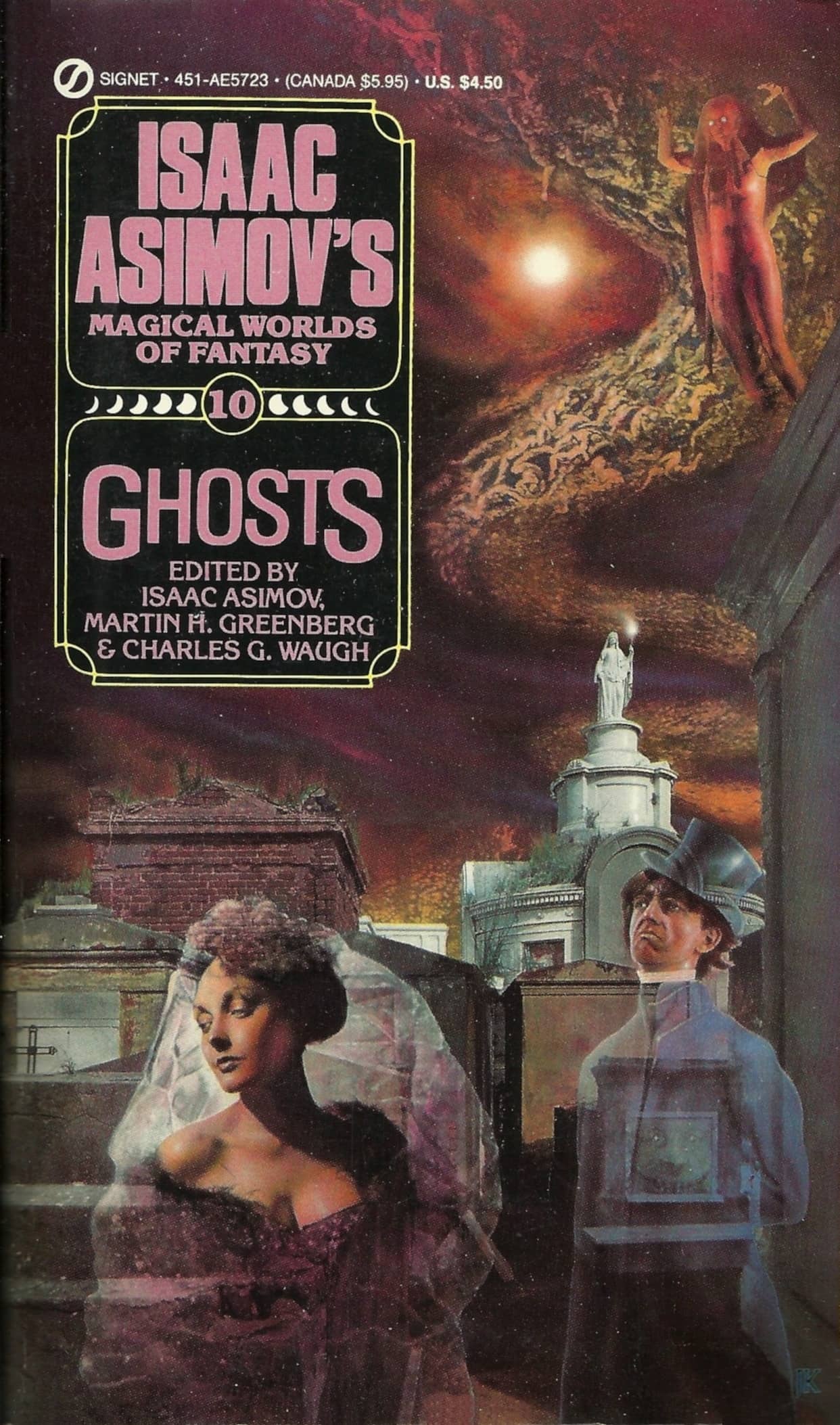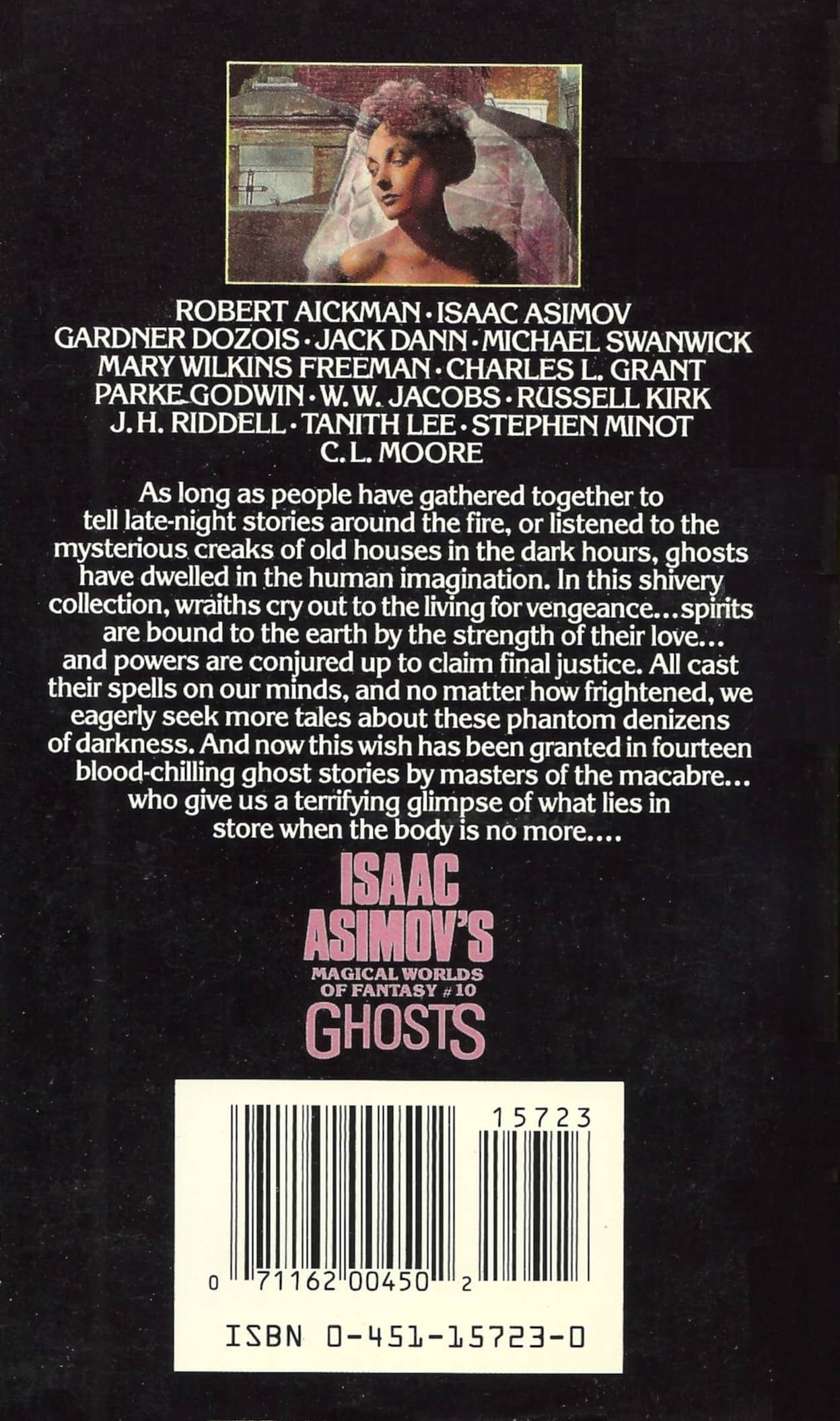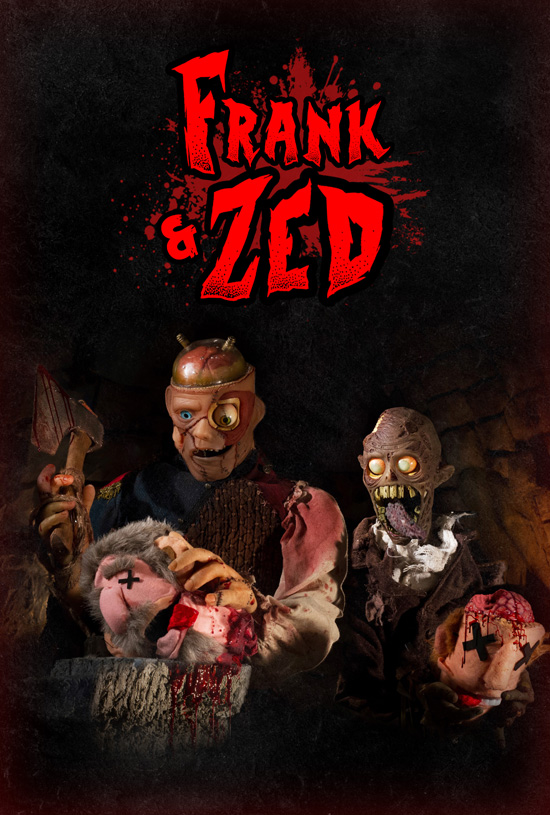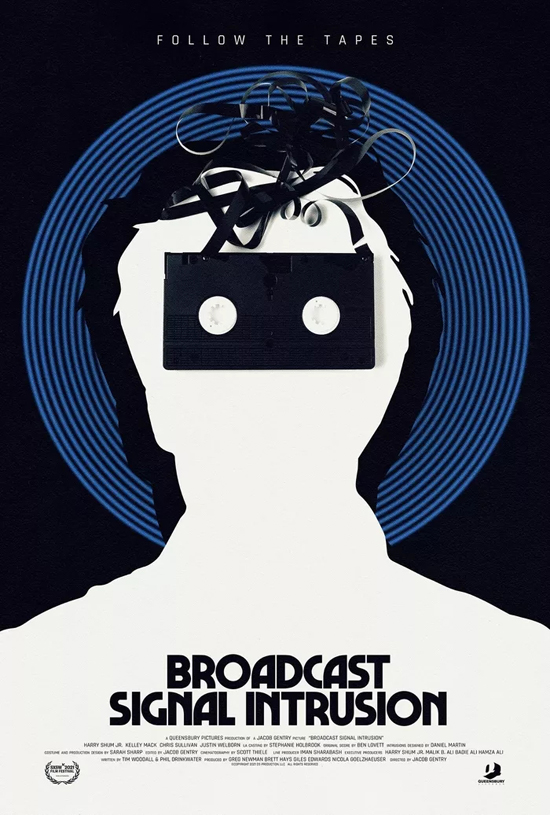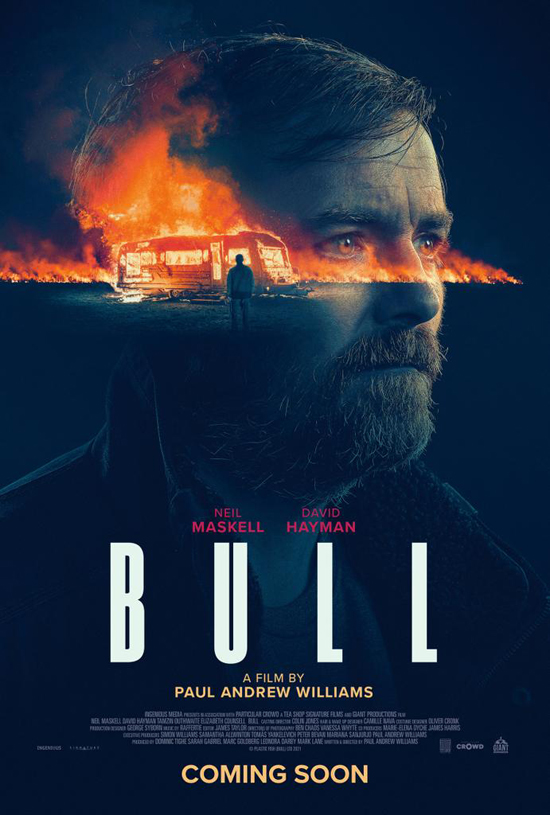Fantasia 2021, Part XI: Tombs of the Blind Dead
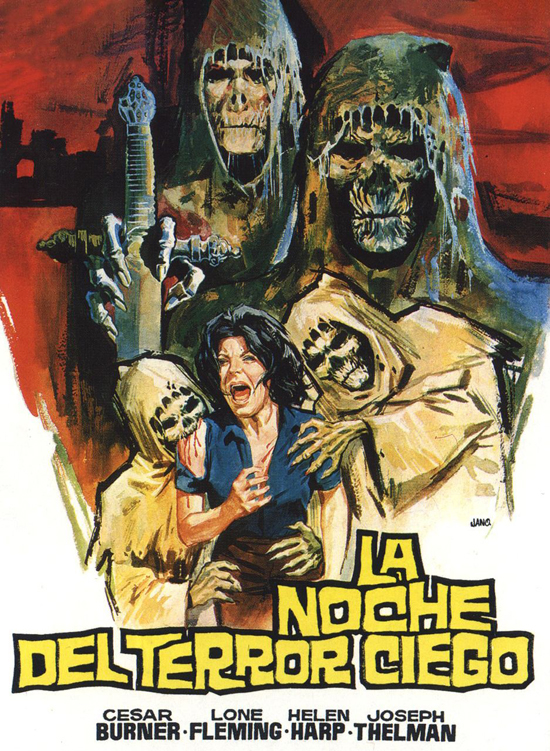 Written and directed by David Mataró, “Tongue With Capers” (“Llengua amb tàperes”) is a 15-minute Catalan-language short involving the walking dead. Months after a zombie apocalypse, a man (Toni De los Ángeles) holed up in a bar rescues his neighbour (Aina Cortès), who has a strange plan to communicate with the zombies. The film plays as a huis clos, two actors in a single location, with quick dialogue and a twist at the end. Like most zombie movies, it’s about human beings and how they behave to each other; in this case there’s something to say about how well we knw each other and maybe what it’s like to be in community with each other. It’s a nice piece, with a fair bit of nastiness but little gore.
Written and directed by David Mataró, “Tongue With Capers” (“Llengua amb tàperes”) is a 15-minute Catalan-language short involving the walking dead. Months after a zombie apocalypse, a man (Toni De los Ángeles) holed up in a bar rescues his neighbour (Aina Cortès), who has a strange plan to communicate with the zombies. The film plays as a huis clos, two actors in a single location, with quick dialogue and a twist at the end. Like most zombie movies, it’s about human beings and how they behave to each other; in this case there’s something to say about how well we knw each other and maybe what it’s like to be in community with each other. It’s a nice piece, with a fair bit of nastiness but little gore.
Bundled with the short was the classic 1972 Spanish-Portuguese feature Tombs of the Blind Dead (La noche del terror ciego, also known in English as The Blind Dead, Tombs of the Evil Dead, Legend of the Blind Dead, Mark of the Devil Part 4: Tombs of the Blind Dead, Mark of the Devil Part V: Night of the Blind Terror, and, in a recut form with a tacked-on prologue, Revenge From Planet Ape). Written and directed by Amando de Ossorio, Synapse Films spent over a year creating a painstaking high-definition restoration of the movie. Tombs was quite successful on its initial release, spawning three sequels (while inspiring many other films and at least one comic) and helping to start a boom in Spanish horror cinema. I was pleased to see how well it holds up, especially in the lovely Synapse restoration.
